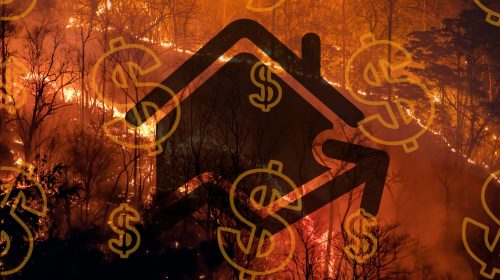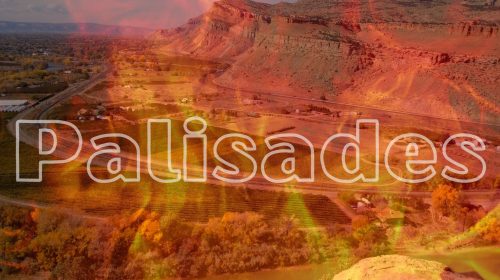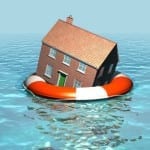California Moves to Reinforce FAIR Plan Stability Amid Wildfire Challenges California lawmakers are taking bold steps to protect homeowners and address the state’s wildfire-induced insurance crisis. At the center of these efforts is Assembly Bill (AB) 226, also known as the FAIR Plan Stabilization Act, designed to bolster the state’s insurer of last resort. With unanimous support in the Assembly and growing momentum in the Senate, this bill holds promise for easing the financial strain on an increasingly overburdened insurance market. FAIR Plan’s Crucial Role in High-Risk Areas The FAIR…
Read MoreTag: high risk zones
California FAIR Plan Under Fire: Can Emerging Tools and Policies Ease the Pressure?
California’s Insurance Market Struggles Under Wildfire Pressures: Are We Headed for Another Bailout? California’s insurance market is teetering under the weight of relentless wildfire seasons, leaving consumers, insurers, and regulators to piece together a system that bears increasingly alarming cracks. With wildfires intensifying due to climate change and sprawling development into fire-prone areas, the state faces a financial quagmire deeper than anyone anticipated. Many are asking if another state-backed bailout is inevitable. The Wildfire Tipping Point Wildfires have become a year-round crisis in California, with the latest blazes in Los…
Read More82% More for Home Insurance? Here’s How Climate Risk Is Hitting Your Wallet
Rising Insurance Costs in High-Risk Areas Home insurance costs are soaring across the United States, particularly for those living in areas prone to natural disasters. A new report by the U.S. Treasury Department reveals a stark disparity between premiums in high-risk and low-risk zip codes, painting a concerning picture for homeowners grappling with climate-related challenges. The findings highlight an 82% increase in average premiums for residents in disaster-prone areas compared to their counterparts in low-risk regions. But what’s behind this spike in prices, and what does it mean for homeowners?…
Read MoreCalifornia on Fire, Again: Are We Prepared for Bigger and Faster Blazes?
Wildfires Ravage Los Angeles: A Climate Crisis Unfolds Los Angeles is once again in the grip of a wildfire crisis as multiple blazes, including the Hurst, Palisades, and Eaton fires, scorch the region. These fires have collectively consumed over 16,000 acres, destroyed more than 1,000 structures, and forced tens of thousands of residents to flee. The Hurst Fire, which broke out in the Sylmar area, alone has spread to 500 acres with 0% containment, underscoring the ferocity of these disasters. This comes as Southern California endures powerful Santa Ana winds,…
Read MorePalisades Fire Sweeps Through Southern California, Fueled by Strong Santa Ana Winds
A Dangerous Start to 2025 for Southern California On Tuesday morning, the Palisades Fire erupted in the hills north of Malibu, fueled by powerful Santa Ana winds clocking up to 80 miles per hour, exceptionally low humidity, and persistent drought conditions. The blaze quickly grew, threatening thousands of homes in Pacific Palisades and leaving local authorities scrambling to protect lives and property. By late afternoon, the fire scorched over 1,200 acres, with more than 13,000 structures still at risk. Los Angeles Mayor Karen Bass emphasized the urgency of the response.…
Read MoreFlood insurance is a complex problem that may have a simple solution
Flood insurance as a federal service In the U.S., flood insurance is a complicated matter, which is growing increasingly problematic as the days go by. Flood insurance throughout the country is handled by the National Flood Insurance Program, a federal program that offers coverage that is typically less expensive than what would be offered by private insurers. The program was launched in 1968 as a way for the federal government to account for the risks associated with flood disasters and the fact that many people lived in regions that were…
Read More






